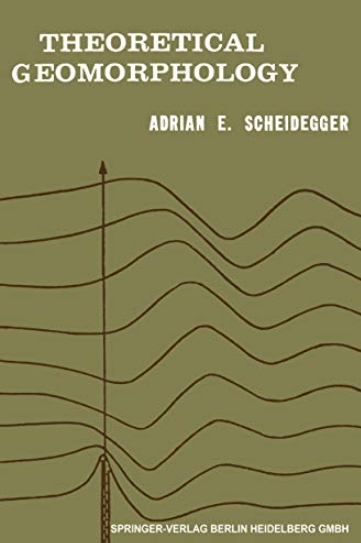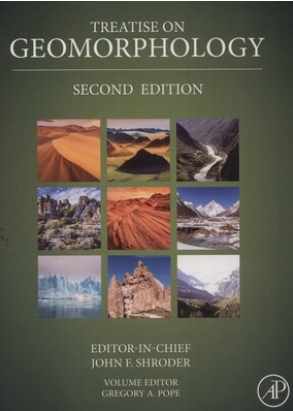volcano information
Volcanoes are powerful forces of nature, capable of creating awe-inspiring eruptions that can reshape the landscape in seconds. Here’s what you need to know about the science behind these fiery phenomena. What Causes Volcanic Eruptions? Volcanic eruptions occur when magma, a mixture of molten rock, gases, and minerals, rises to the surface of the Earth. […]
volcano information Read More »


